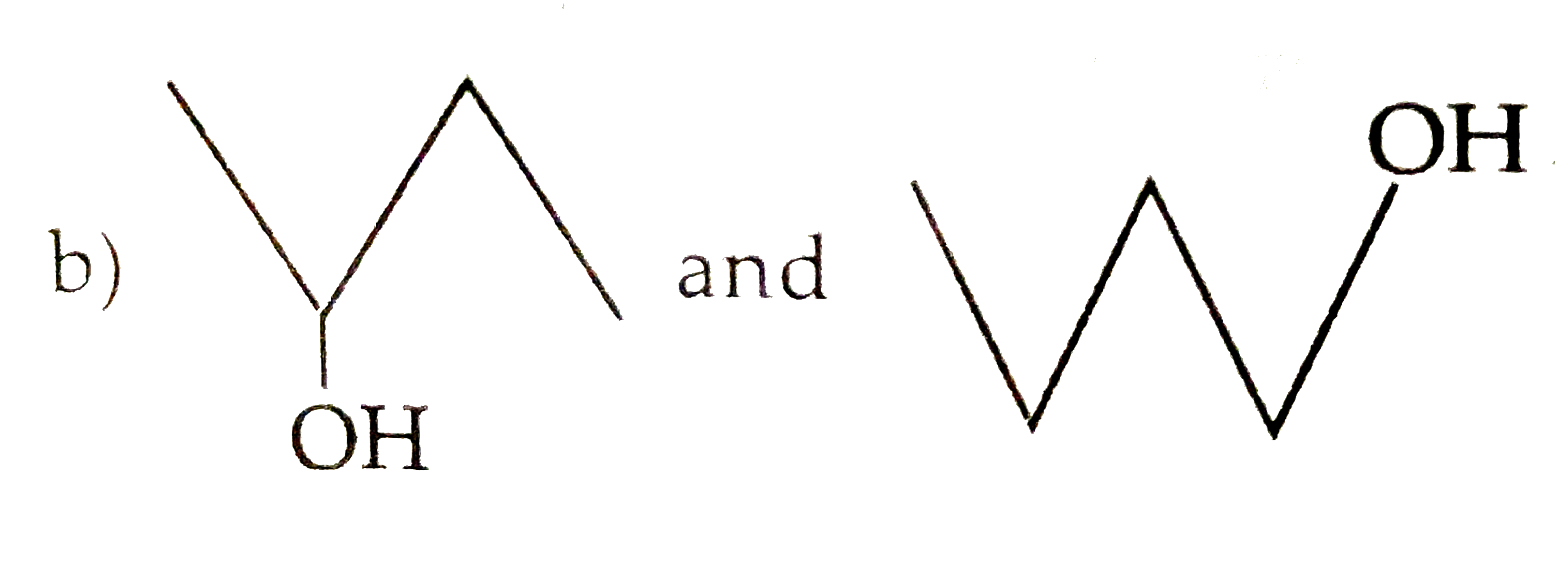CH3C≡CCH3H2/Pt−−−→AD2/Pt−−−→B The compounds A and B, respectively are
cis-butene-2 and rac-2, 3-dideuterobutane
trans-butene-2 and rac-2, 3-dideuterobutane
cis-butene-2 and meso-2, 3-dideuterobutane
trans-butene-2 and meso-2, 3-dideuterobutane
The correct Answer is:C
To solve the problem, we need to determine the compounds A and B from the given reaction sequence involving the starting material CH3C≡CCH3 (which is 2-butyne) and the reactions with H2/Pt and D2/Pt.
Step 1: Identify the starting compound
The starting compound is CH3C≡CCH3, which is known as 2-butyne. It has a triple bond between the two carbon atoms in the center.
Step 2: Reaction with H2/Pt
When 2-butyne is treated with hydrogen gas (H2) in the presence of platinum (Pt), it undergoes hydrogenation. This reaction converts the triple bond into a double bond, resulting in the formation of a cis-alkene. The product A is therefore:
A=CH3CH=CHCH3
This compound is known as cis-2-butene.
Step 3: Reaction with D2/Pt
Next, we take compound A (cis-2-butene) and react it with deuterium gas (D2) in the presence of platinum. In this reaction, deuterium, which is an isotope of hydrogen, will add across the double bond. The result will be the addition of deuterium atoms to the same side of the double bond, leading to the formation of a meso compound. The product B is therefore:
B=CH3C(D)C(D)CH3
This compound is known as meso-2,3-dideuterobutane.
Summary of Results
- Compound A: Cis-2-butene (or simply cis-butene)
- Compound B: Meso-2,3-dideuterobutane
The starting compound is CH3C≡CCH3, which is known as 2-butyne. It has a triple bond between the two carbon atoms in the center.
When 2-butyne is treated with hydrogen gas (H2) in the presence of platinum (Pt), it undergoes hydrogenation. This reaction converts the triple bond into a double bond, resulting in the formation of a cis-alkene. The product A is therefore:
Next, we take compound A (cis-2-butene) and react it with deuterium gas (D2) in the presence of platinum. In this reaction, deuterium, which is an isotope of hydrogen, will add across the double bond. The result will be the addition of deuterium atoms to the same side of the double bond, leading to the formation of a meso compound. The product B is therefore:
- Compound A: Cis-2-butene (or simply cis-butene)
- Compound B: Meso-2,3-dideuterobutane
Topper's Solved these Questions
Similar Questions
Knowledge Check
CH3−C≡NH2O/Δ−−−−→(A)H2O/H+−−−−−→(B)(A)and(B) respectively are
ACH3−O∣∣C−NH2andCH3COOHBCH3COONH4andCH3COOHCCH3CONH2andCH3COONH4DCH3−CH=NHandCH3COOHIn the sequence of reaction .
CH3−CH2−CH=CH2(i)B2H6/THF−−−−−−−−−−→(ii)H2O2/NaOHAconc.H2SO4−−−−−−→BH3O+−−−→C
In above reaction A and C are respectivelyA B
B C
C D
D
CH3−C≡C−CH3(1)H2/Pt−−−−−−→(2)Br2X
A(d)-2, 3-DibromobutaneB(l)-2, 3-DibromobutaneC(dl)-2, 3-DibromobutaneDmeso-2, 3-Dibromobutane
CH2=CH−CH=CH2H2/Pt−−−→1 equiv.AO3/H2O−−−−→B
A and B are
View SolutionCH3OHPI3−−→(A)KCN−−→(B)H2∅H−−→(C)
The compound ( C ) is
View SolutionDuring the conversion :
C6H5CH2CH3(a)−−→X(b)−−→C6H5CH=CH2
the reagents (a) and (b) are respectively
View SolutionCH3CH2C≡CHA⇐⇒CH3C≡CH3
A and B respectively are:
View SolutionIn the following compound H−1C≡2C−3CH2−4CH3 the hybridization of C2 and C3 carbons are respectively .
View Solution
